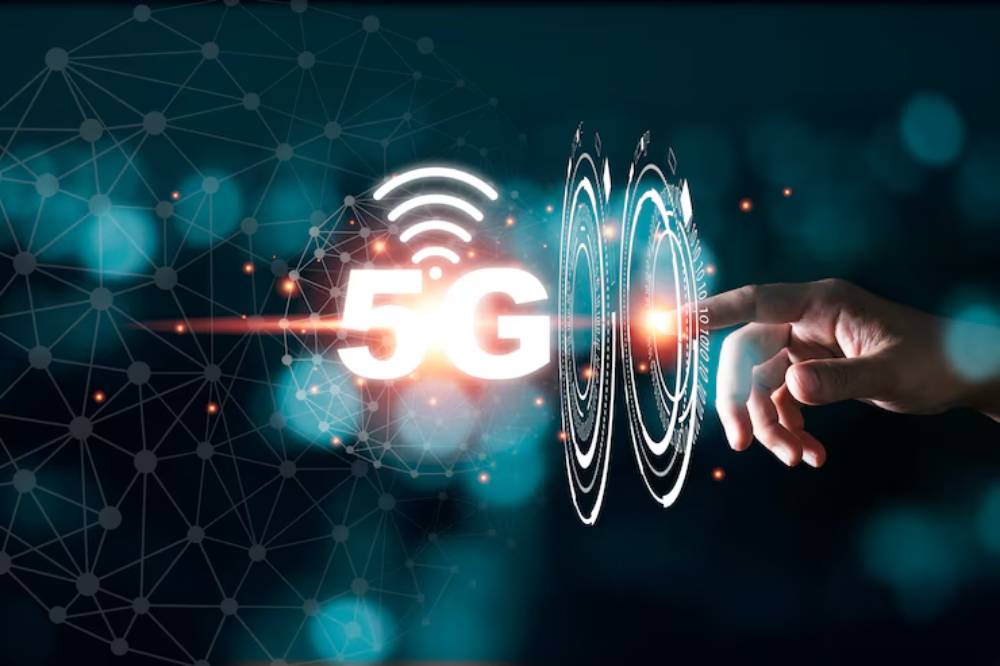The Technology Blog

How Edge Computing is Enhancing IoT Devices
The Internet of Things (IoT) has changed how devices talk and work together. As more devices connect, challenges grow quickly. Data processing, latency, and bandwidth issues are at the forefront. Enter edge computing—your ally in this digital jungle. By relocating data processing closer to its source, edge computing supercharges IoT devices. This means they operate faster, more efficiently, and most importantly, reliably.
What Is Edge Computing?
Edge computing is when data is processed close to where it is created. This means it doesn’t have to be sent to a central data centre or the cloud. This approach reduces latency, limits bandwidth usage, and allows real-time decision-making.
For IoT devices—which are constantly collecting and sending data—this localised processing model is a game-changer.
The Growing Need for Edge Computing in IoT
Explosive Growth of IoT Devices
From smart thermostats to industrial sensors, the number of IoT devices in use has skyrocketed. Industry estimates suggest there may be more than 30 billion connected devices by 2030. Handling data from this large network is a big challenge for regular cloud systems.
Bandwidth and Latency Issues
Sending all collected data to the cloud for processing can cause delays. This is a big problem for apps that need quick feedback. Examples include self-driving cars and remote surgery robots. Edge computing reduces the distance data has to travel, thereby improving response time.
Key Benefits of Edge Computing for IoT Devices
1. Reduced Latency
One of the most immediate advantages is lower latency. Devices can process data almost instantly, enabling real-time reactions. This is crucial in sectors like manufacturing or healthcare, where delays could be costly or dangerous.
2. Lower Bandwidth Usage
Edge computing helps network infrastructure by processing data locally. It only sends essential information to the cloud. This helps reduce costs and prevents bottlenecks.
3. Improved Data Privacy and Security
With less data being transmitted, the risk of interception or unauthorised access decreases. Organisations can process sensitive information locally. This helps them keep better control over user data.
4. Greater Reliability
Edge-enabled IoT devices keep working and store data locally, even if the internet connection drops. This makes the entire system more resilient.
Real-World Applications of Edge Computing in IoT
Smart Cities
In smart cities, edge computing helps with traffic management. It also improves street lighting and waste collection. Sensors around the city gather and analyze data in real-time. This helps improve urban systems and cut energy use.
Healthcare
Wearable devices and remote monitoring tools gain from edge computing. They process patient data right where it is collected. This enables real-time alerts and reduces the delay in critical healthcare decisions.
Industrial IoT (IIoT)
Factories use IoT sensors for predictive maintenance, monitoring machinery performance, and improving efficiency. Edge computing lets factories handle tasks on-site, cutting down downtime.
Agriculture
Smart farming tools use edge devices. They monitor soil health, crop status, and weather conditions. Farmers can get instant insights. They can also automate irrigation or fertilisation using real-time data.
Edge vs Cloud Computing for IoT
Edge and cloud computing both play important roles in IoT, but they have different purposes.
| Aspect | Edge Computing | Cloud Computing |
| Location of Processing | Near the data source | Centralised data centres |
| Latency | Low | Higher due to transmission time |
| Data Volume | Handles smaller, filtered data | Suitable for large-scale data analytics |
| Use Case Suitability | Real-time decision-making, critical systems | Long-term storage, big data analysis |
A hybrid model can combine both approaches. The edge takes care of immediate data needs, while the cloud handles long-term insights.
Challenges and Considerations
Hardware Limitations
Edge devices require specific hardware capable of processing data efficiently. This may increase initial setup costs.
Security Complexity
While edge computing can enhance privacy, it also introduces more endpoints that need to be secured. Each device becomes a potential vulnerability if not properly managed.
Integration and Maintenance
Ensuring all edge devices work seamlessly with existing infrastructure requires careful planning. Regular updates and maintenance are essential to keep systems running smoothly.
The Role of 5G in Edge-IoT Integration

5G networks boost edge computing. They provide faster and more reliable connections. They allow quick communication between IoT devices and edge servers. This makes real-time processing more efficient.
This strong mix should drive progress in self-driving cars, smart power systems, and remote healthcare.
A Look at the Future
Edge computing will be more important as IoT ecosystems expand and become more complex. New AI and machine learning advancements at the edge will help devices process and learn from data. This creates chances for smart systems that work on their own and change as they learn.
Companies are putting money into edge-focused chips, software, and decentralised networks. They are preparing for the future.
Conclusion: Why Edge Computing Matters for the Future of IoT

Edge computing isn’t just a technical upgrade—it’s a foundational shift in how we think about data and devices. As IoT expands in industries and our daily lives, we will need faster, safer, and local data processing.
Edge computing is like a quick knight for decision-making. It powers smart homes and automated factories. It enhances efficiency, paving the way for seamless user experiences. It uses smart data management, helping businesses and consumers make the most of their connected devices.
The future will see even tighter integration between edge and IoT technologies. As devices become smarter and more autonomous, edge computing will be the key to unlocking their full potential. Together, they will transform how we live, work, and interact with technology—quietly and efficiently working in the background to make everything run smoother.









